McDonnell Douglas F-4M Phantom FGR.2 19 RAF
Production Time 9 to 10 weeks
Shipment is by FedEx, UPS or DHL International Express Courier with a normal door-to-door delivery time worldwide of within 2-3 business days after dispatch. Due to the current volatility of world fuel prices, the amount mentioned here is our best estimate for DHL and UPS and may be subject to change at the time of shipping.

Model Description: McDonnell Douglas F-4M Phantom FGR.2 19 RAF Wood Replica Scale Custom Jet Model
Manufacturer: McDonnell Douglas
Wingspan: 10.4 Inches (26.4 Centimeters)
Height: 4.45 Inches (11.3 Centimeters)
Scale: 1:44
$259.50
Production Time 9 to 10 weeks
-
United States dollar ($)
-
Pound sterling (£)
-
Euro (€)
-
Australian dollar ($)
-
Canadian dollar ($)
-
Singapore dollar ($)
-
Swiss franc (CHF)
-
Japanese yen (¥)
-
Danish krone (kr.)
-
Hong Kong dollar ($)
-
Norwegian krone (kr)
-
Swedish krona (kr)
-
United Arab Emirates dirham (د.إ)
General Product Description
Our PlaneArt McDonnell Douglas F-4M Phantom FGR.2 19 RAF model exhibits unique, unrivaled quality and detailed design to come as close as possible to the accuracy of the actual plane. It comes as standard with a robust, durable base or stand which is available in a variety of different finishes designed to match your own personal requirements including solid wood, wood with polished metal supports or adjustable wood wall mount and will be ready within about 9-10 weeks from placement of order.
The McDonnell Douglas F-4M Phantom FGR.2 19 RAF model is made of the finest kiln dried renewable mahogany wood (commonly known as Lauan or Meranti) which has undergone many stages of carving and meticulous and careful sanding giving the beautiful, finished museum quality masterpiece. Many collectors and model connoisseurs demonstrate their preference for genuine handmade and hand painted mahogany wood models rather than plastic or die cast (diecast) alternatives due to the overall look and totally different feel of the item - we trust you will find the same. We can however, if required produce the same model in Solid Cast Resin so just click and contact us for further information. Our craftsmen and gifted artisans ensure that our finely handcrafted model airplanes match the precise blueprint details of the original aircraft. The paint scheme, markings and parts are closely matched, reflecting the original aircraft. This stylish top-quality desktop replica model will surely enthrall anyone who receives this as a gift and for sure one of the most appropriate and desirably collectable gifts for any aviation enthusiast or avid military jet aircraft collector whilst also displaying a perfect resemblance to the actual real life version.
There are many types of military jet aircraft, but the basic types are bombers, fighters, fighter bombers, spotter planes, transporters, patrol aircraft, trainers, and reconnaissance and observation aircraft. All these types of aircraft are used for different types of missions. If you're a fan of historic or present-day military aviation, our model aircraft will bring the excitement and character of these aircraft right into your own home.
If you require, we can also make the McDonnell Douglas F-4M Phantom FGR.2 19 RAF model in any other military, government or even private livery or colour scheme you require and if necessary, in a different size or scale. Just click here to contact us with a description or photographs of what you require, and we will let you have a quotation for the necessary customization by return email. We can also make bespoke scale replicas of any other private / civil commercial airliner or airliners, helicopter, glider, gliders with engines, military propeller, warplane jets, biplane, triplane, tail fin, spacecraft, rocket or NASA model you require in any airline, military or civilian livery or colors. We also produce model airships, blimps, dirigibles, blimps, boats, and ship collectibles. Wall plaque or seal for military, government or private customers. Again, by clicking here to contact us just let us know exactly what you need.
As you may or may not be aware the trade name and copyright permissions for this McDonnell Douglas aircraft are now under the ownership of the Boeing Company and as such, we are proud to be one of the very few international and fully licensed manufacturers of Boeing solid mahogany wood models. You may be interested to read more about the fascinating background to the famous aviation names now under the Boeing umbrella by clicking on the following “Officially Licensed Product” image below:
McDonnell Douglas F-4M Phantom FGR.2: A Pillar of RAF’s Cold War Arsenal
The McDonnell Douglas F-4M Phantom FGR.2 was a prominent figure in the Royal Air Force (RAF) during the peak of the Cold War. Known for its versatility and power, the FGR.2 was a variant of the iconic F-4 Phantom II jet, which was originally developed for the U.S. Navy. The F-4M version was specifically tailored to meet the RAF’s stringent requirements, emphasizing air defense and ground attack capabilities. This article delves into the history, design, and distinctive features that made the F-4M Phantom FGR.2 a cornerstone of British military aviation.
Development and Introduction:
The F-4M Phantom FGR.2 was the result of the RAF’s need for a modern and capable all-weather interceptor in the 1960s. As the RAF sought to replace older aircraft like the Hawker Hunter and the English Electric Lightning, the F-4 Phantom emerged as a suitable candidate due to its impressive payload, range, and speed capabilities. The “M” in F-4M stands for “Modified,” indicating substantial adaptations from the original American F-4 models to cater to British operational requirements.
Design and Specifications:
The F-4M was equipped with British-specific avionics, including the advanced Ferranti radar and navigation systems, which were superior in terms of target acquisition and engagement capabilities. The aircraft was powered by two Rolls-Royce Spey turbofan engines, which differed from the General Electric J79 engines used in the US versions. The Spey engines provided greater thrust, improving the aircraft’s takeoff performance and low-level flight capabilities, crucial for its role in the RAF.
Key Features of the F-4M Phantom FGR.2:
- Engines: The Rolls-Royce Spey engines not only offered enhanced thrust but also contributed to better fuel efficiency and lower noise levels, which was advantageous for operations across Europe.
- Radar and Avionics: Equipped with the Ferranti-built radar, the F-4M could track and engage targets at greater distances and with higher accuracy. This was complemented by a sophisticated suite of electronic countermeasures that provided defense against enemy radar and missile systems.
- Armament: The FGR.2 was capable of carrying a wide array of weapons, including AIM-7 Sparrow and AIM-9 Sidewinder missiles for air-to-air combat, as well as conventional bombs and nuclear weapons for ground-attack missions.
- Airframe Modifications: Structural modifications included reinforcements to the airframe to withstand the stresses of low-altitude flight and hard landings, features that were essential for the RAF’s tactical missions.
Operational History:
Entering service in the late 1960s, the F-4M Phantom FGR.2 quickly became a mainstay in the RAF’s frontline defense strategy. It was deployed in various theaters, from the defense of the British Isles to NATO operations in Cold War hotspots. The FGR.2s were also involved in Quick Reaction Alert (QRA) duties, ready to intercept Soviet aircraft intruding into NATO airspace.
The aircraft saw extensive service throughout the 1970s and 1980s, undergoing several upgrades to its avionics and weapons systems to keep pace with advancing technology and changing military requirements. Despite its American origins, the F-4M Phantom FGR.2 was thoroughly British in service and spirit, symbolizing the peak of UK-US military aerospace collaboration during the Cold War.
Legacy and Retirement:
The F-4M Phantom FGR.2 was eventually phased out of RAF service in the early 1990s, replaced by more modern aircraft such as the Eurofighter Typhoon. However, its impact on RAF operations and its role as a deterrent during a critical period of the 20th century remains a significant part of military aviation history.
The Phantom FGR.2 is remembered not only for its imposing presence in the skies but also for its adaptability in various roles, from air supremacy to ground attack, demonstrating the enduring legacy of this remarkable aircraft in the annals of the Royal Air Force.
| Weight | 6 kg |
|---|---|
| Dimensions | 17 × 10.4 × 4.45 in |
Be the first to review “McDonnell Douglas F-4M Phantom FGR.2 19 RAF” Cancel reply
Similar Models
Helicopters
Military Airplanes - Propeller
Military Airplanes - Propeller
Military Airplanes - Propeller
Private & Civilian
Private & Civilian
Military Airplanes - Propeller
Military Airplanes - Propeller
Military Airplanes - Propeller
Military Airplanes - Propeller
Military Airplanes - Propeller
Military Airplanes - Propeller
Military Airplanes - Propeller
Military Airplanes - Propeller
Boats, Ships & Submarines
Boats, Ships & Submarines
Military Airplanes - Propeller
Military Airplanes - Propeller
Military Airplanes - Propeller
Military Airplanes - Jet
Military Airplanes - Jet
Military Airplanes - Jet
Military Airplanes - Jet
Military Airplanes - Propeller
Military Airplanes - Propeller
Military Airplanes - Jet
Military Airplanes - Jet
Military Airplanes - Jet
Military Airplanes - Jet
Military Airplanes - Propeller
Military Airplanes - Propeller
Military Airplanes - Propeller
Private & Civilian
Military Airplanes - Propeller
Military Airplanes - Propeller
Private & Civilian
Israel Aircraft Industries IAI-1124 Westwind TNT Air Couriers
Military Airplanes - Propeller
Military Airplanes - Jet
Military Airplanes - Jet
Military Airplanes - Jet
Military Airplanes - Jet
Military Airplanes - Propeller
Military Airplanes - Propeller
Military Airplanes - Jet
Military Airplanes - Jet
Military Airplanes - Jet
Military Airplanes - Jet
Military Airplanes - Propeller
Military Airplanes - Jet
Military Airplanes - Jet
Military Airplanes - Jet
Military Airplanes - Propeller
Military Airplanes - Propeller
Military Airplanes - Propeller
Military Airplanes - Propeller
Military Airplanes - Jet
Military Airplanes - Jet
Military Airplanes - Propeller
Military Airplanes - Jet
Private & Civilian
Military Airplanes - Jet
Military Airplanes - Propeller
Private & Civilian
Military Airplanes - Propeller
Military Airplanes - Jet
Military Airplanes - Propeller
Military Airplanes - Propeller
Military Airplanes - Propeller
Military Airplanes - Propeller
Military Airplanes - Propeller
Military Airplanes - Propeller
Military Airplanes - Jet
Military Airplanes - Jet
Private & Civilian
Military Airplanes - Jet
Military Airplanes - Jet
Helicopters
Helicopters
Helicopters
Military Airplanes - Propeller
Helicopters
Military Airplanes - Jet
Blackburn Buccaneer RAF 237 Operational Conversion Unit OCU Squadron
Military Airplanes - Propeller
Private & Civilian
Military Airplanes - Jet
Military Airplanes - Jet
BAe British Aerospace Hawk T.1 Mk.1 Royal Air Force RAF Red Arrows
Military Airplanes - Jet
Military Airplanes - Propeller
Military Airplanes - Propeller
Military Airplanes - Propeller
Military Airplanes - Propeller
Military Airplanes - Propeller
Military Airplanes - Propeller
Military Airplanes - Propeller
Military Airplanes - Propeller
Military Airplanes - Propeller
Private & Civilian
Private & Civilian
Helicopters
Private & Civilian

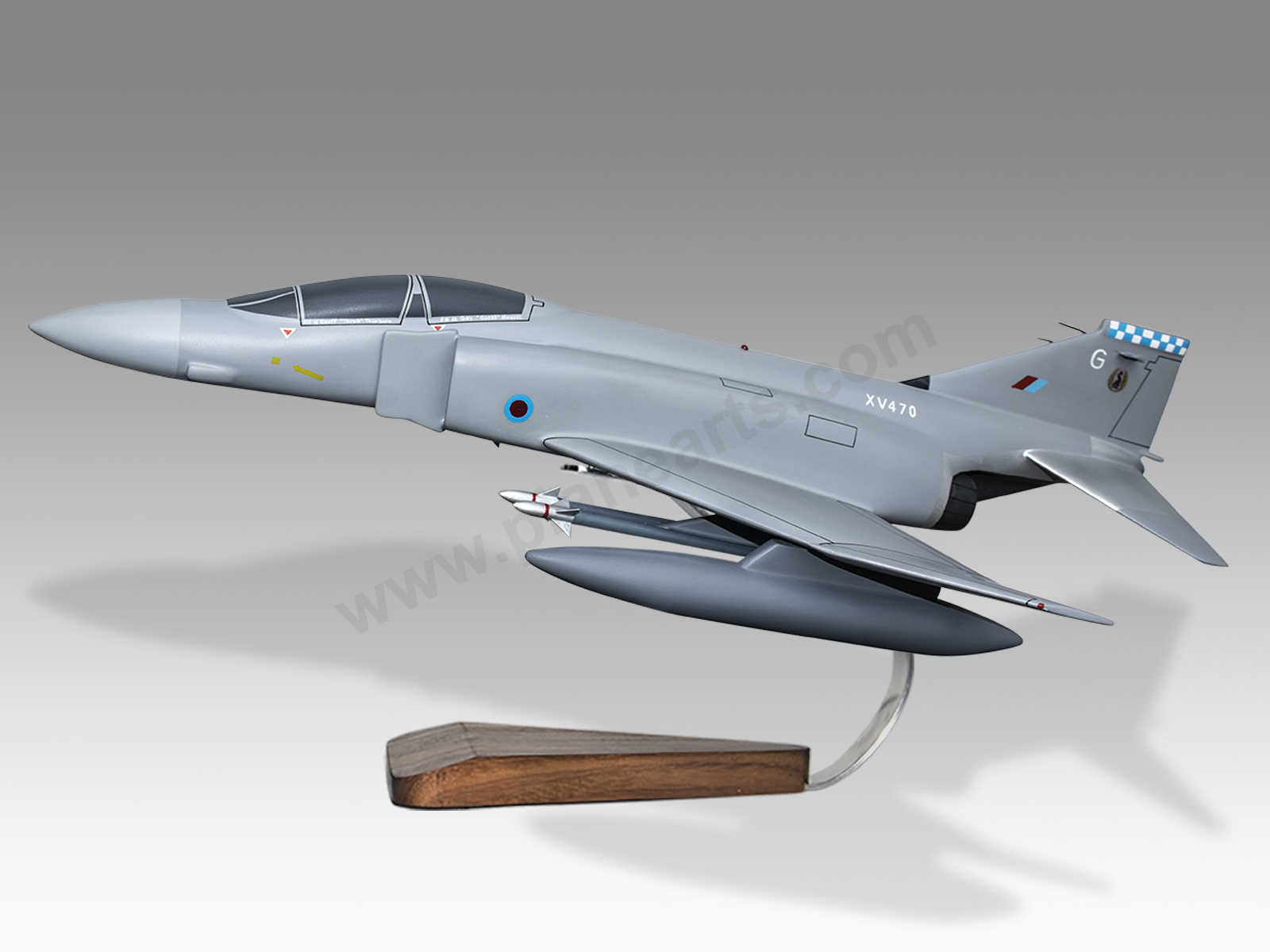

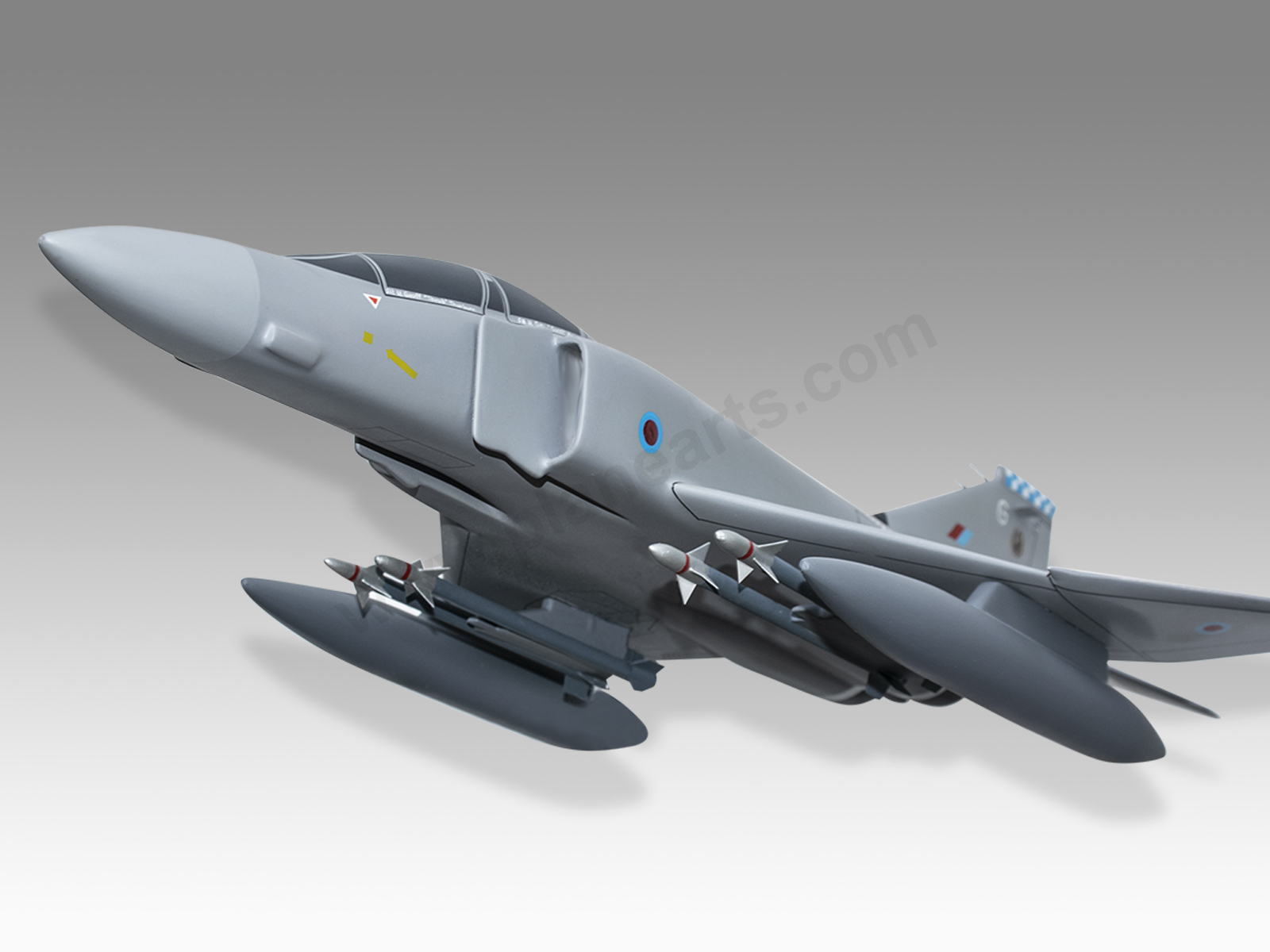
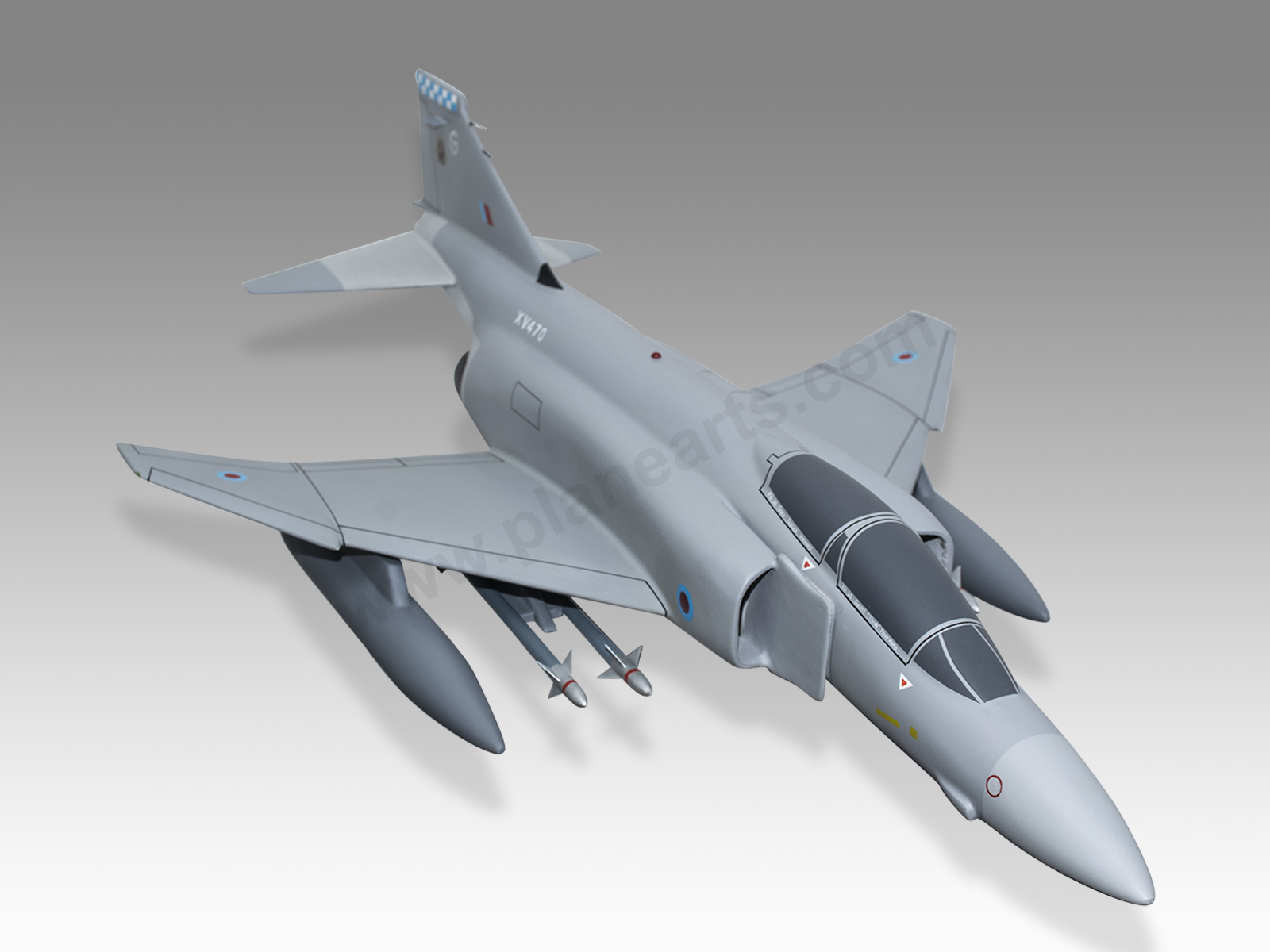

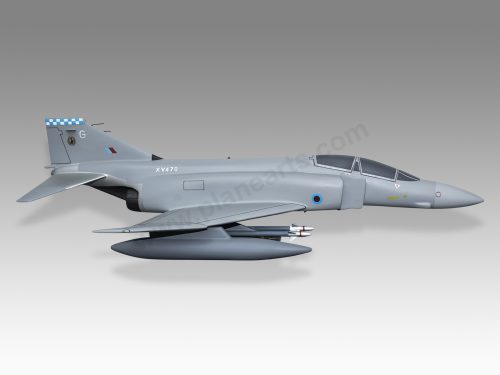
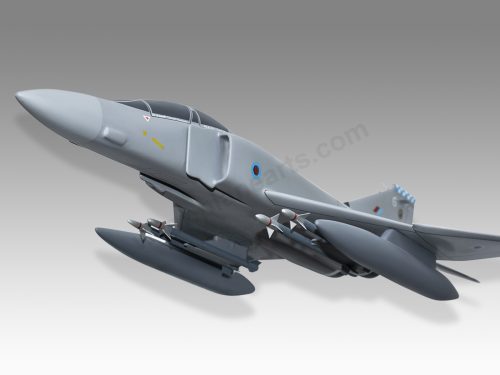
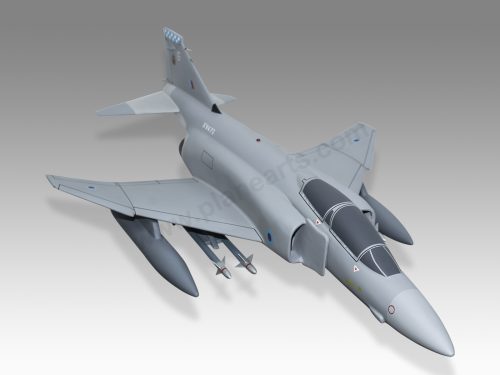
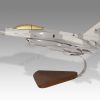


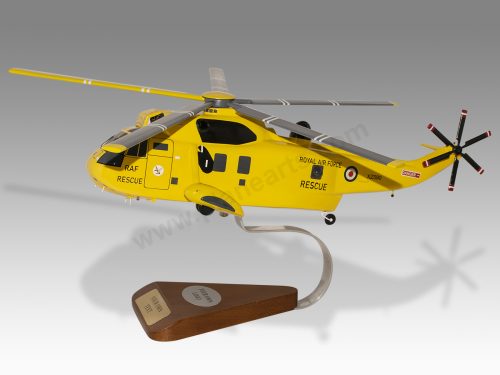
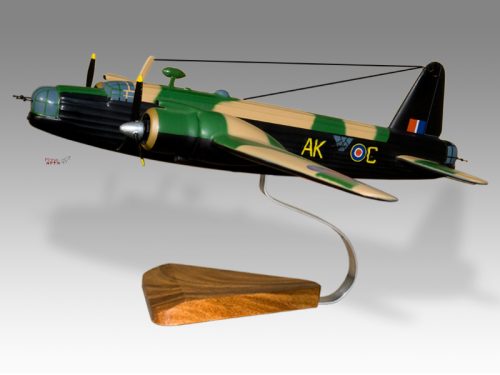

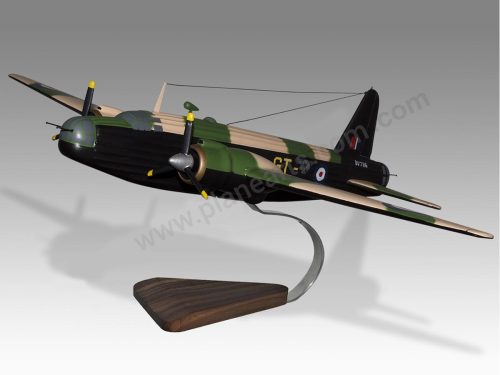

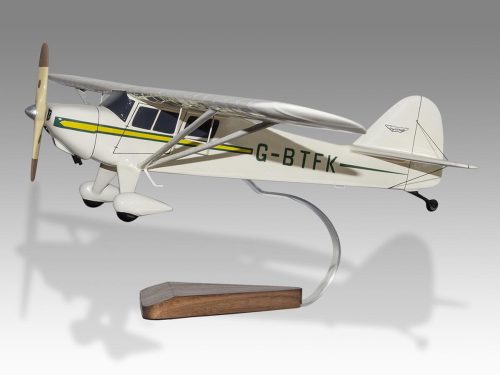
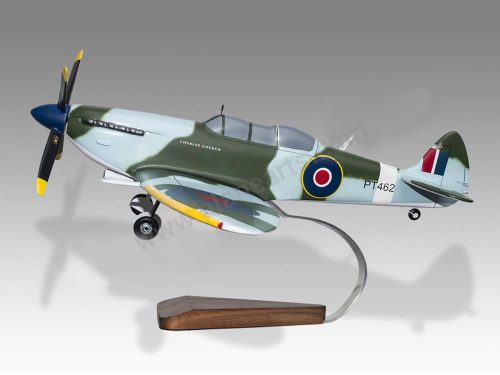
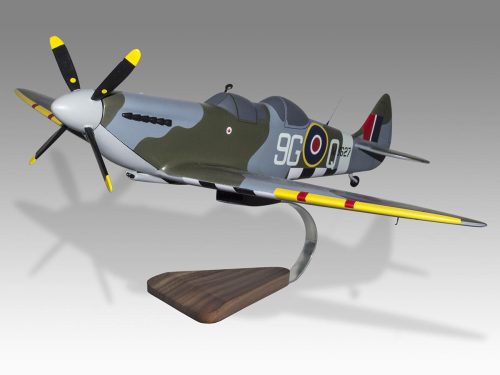
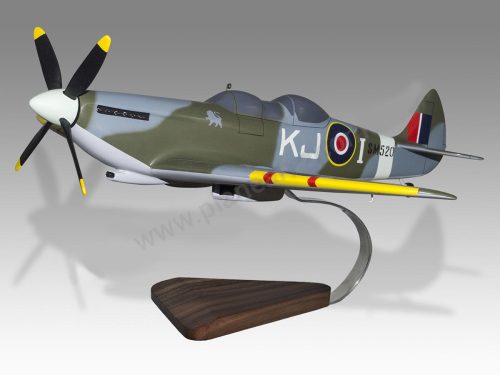
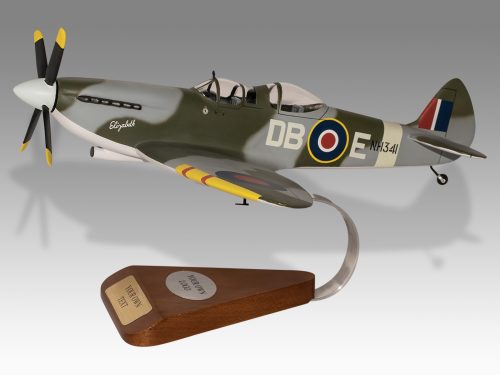
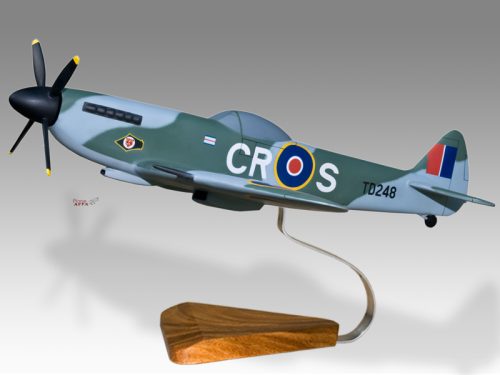
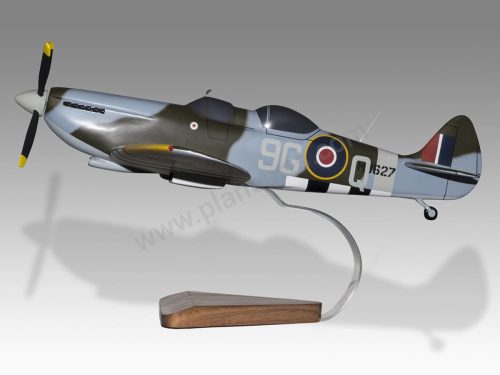
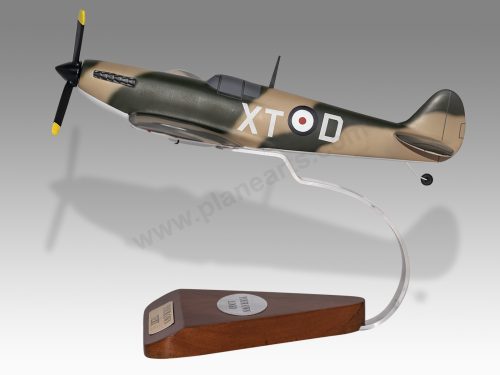
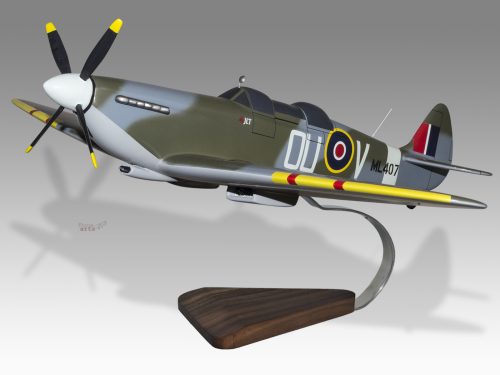




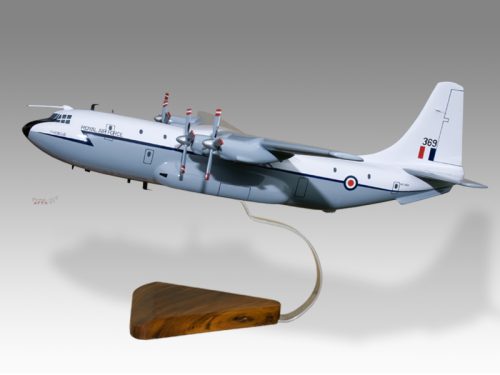

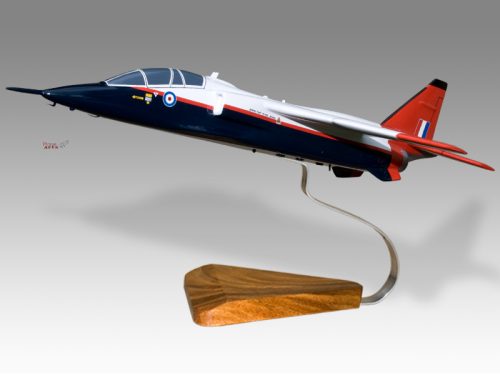
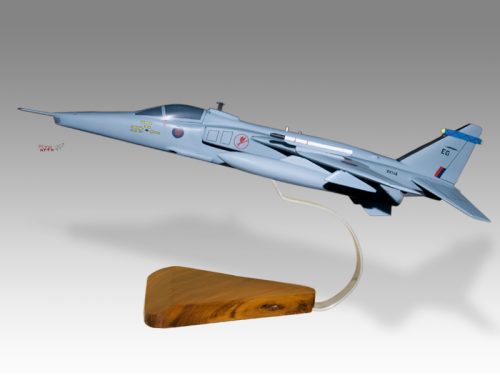
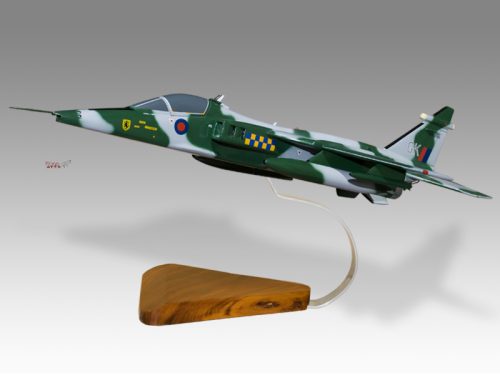
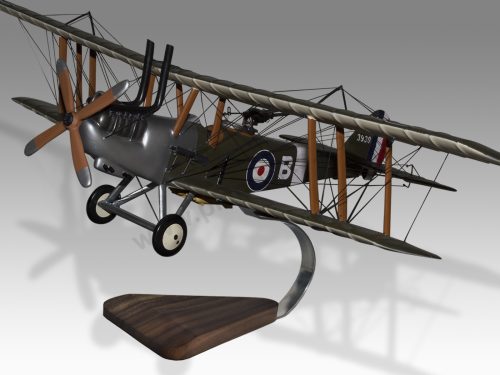
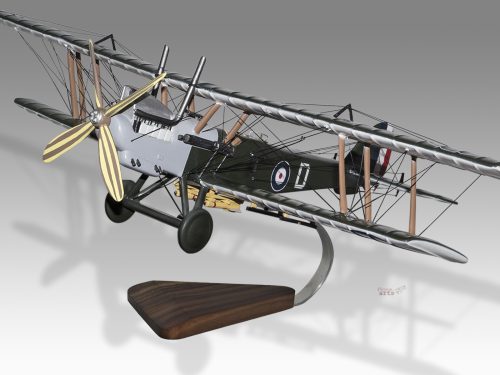
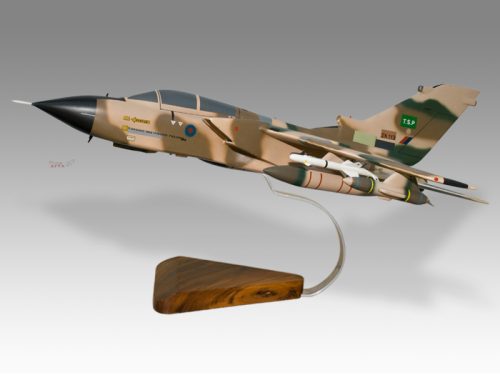
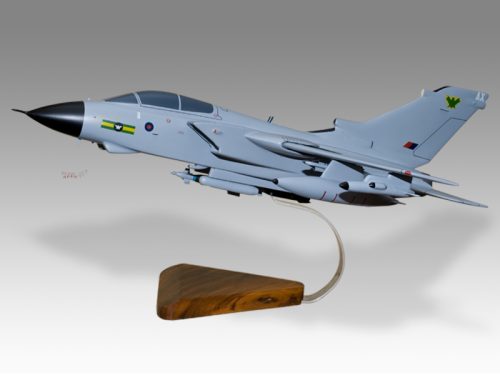
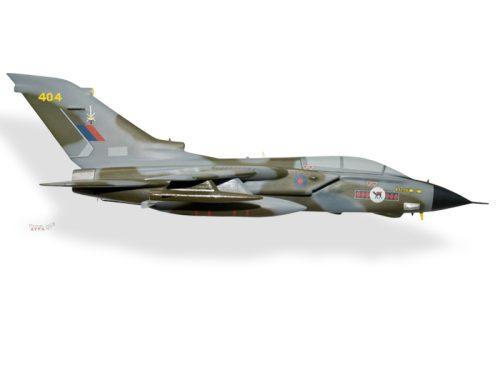
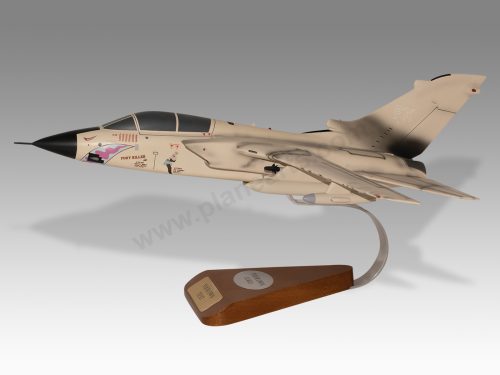
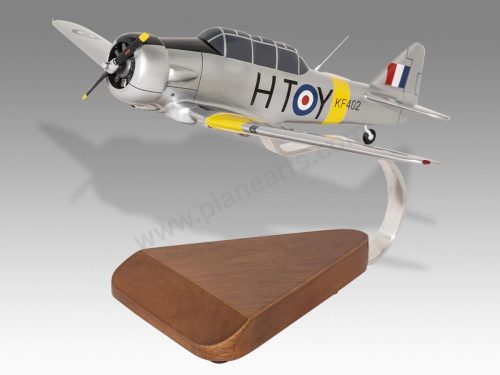
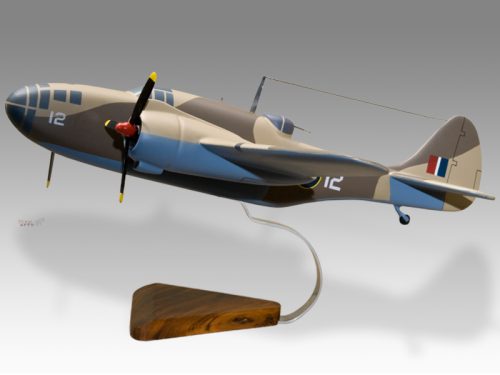
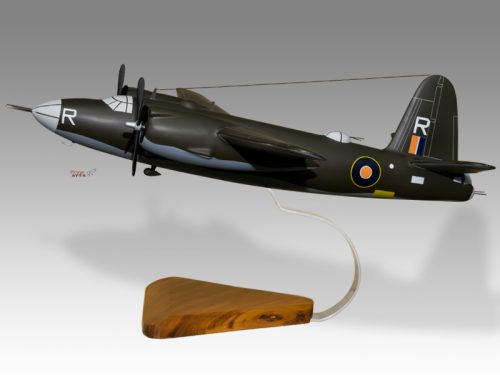

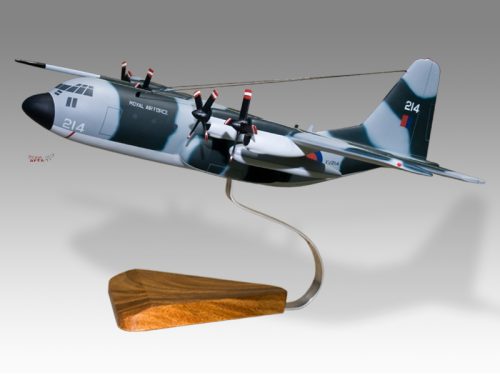



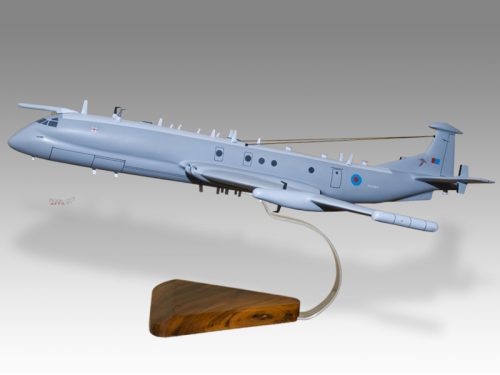
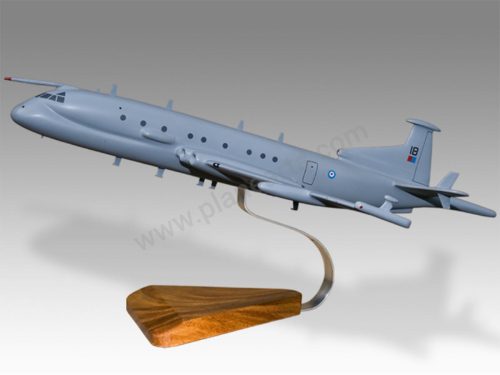


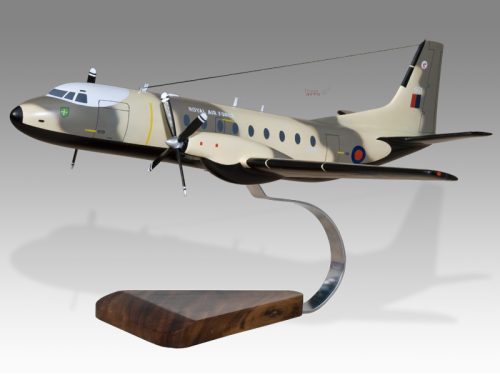


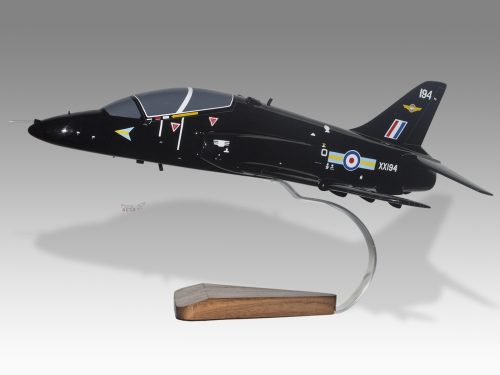
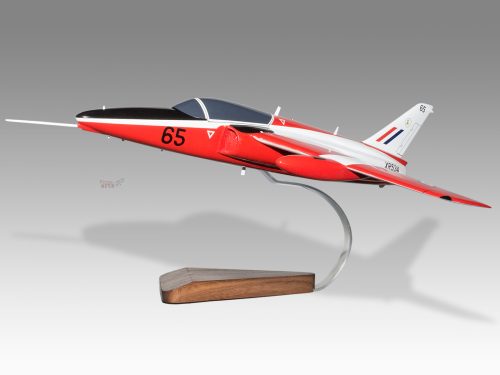
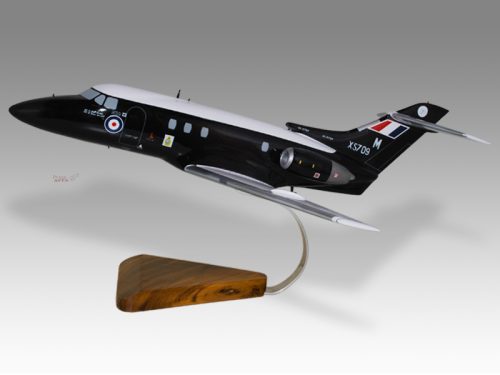
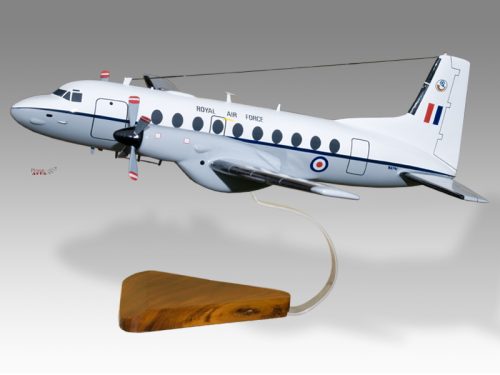
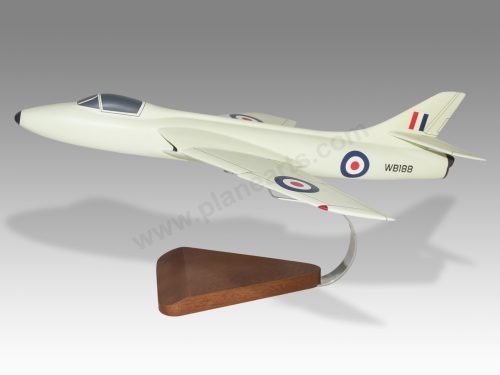
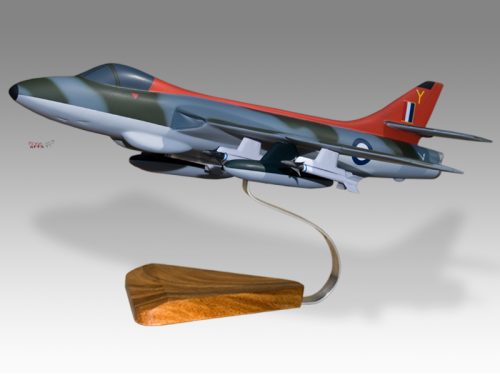

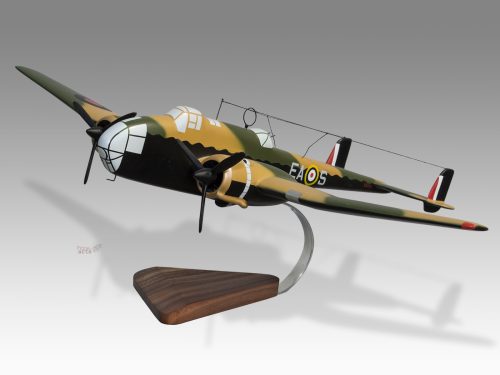

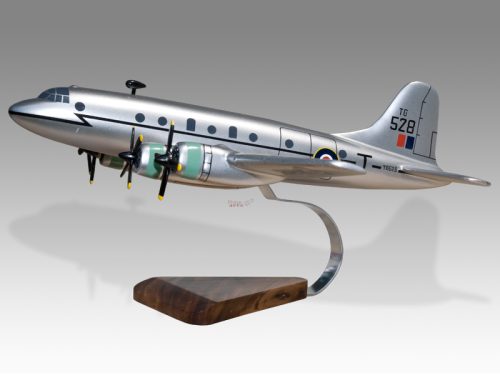
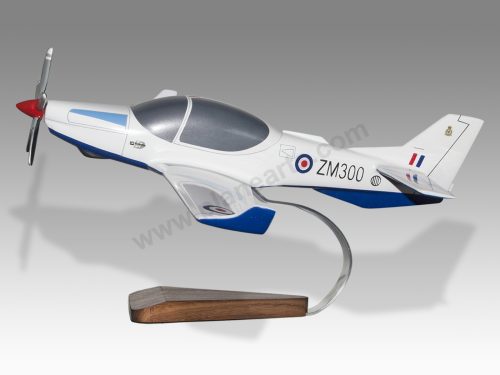

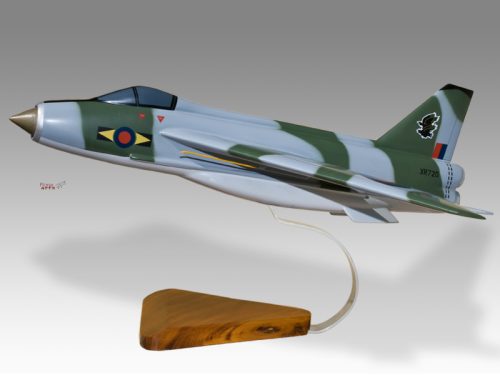


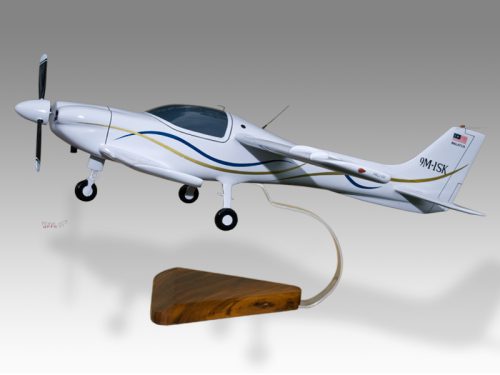
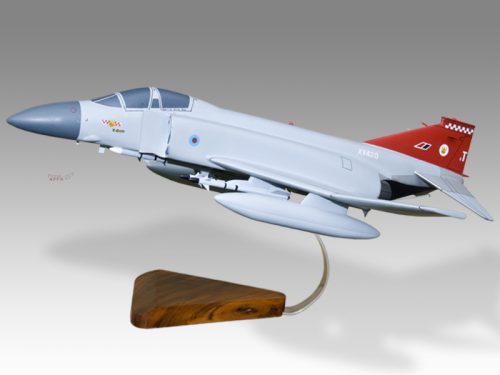
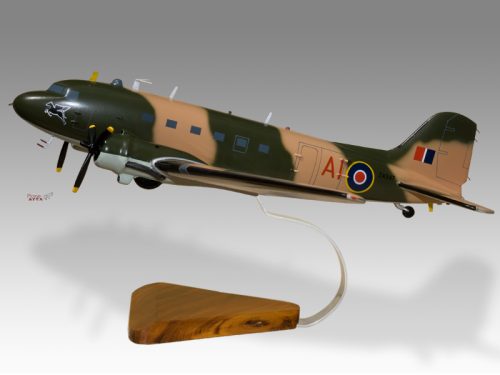

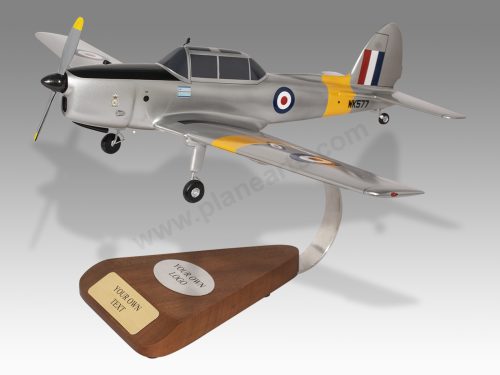
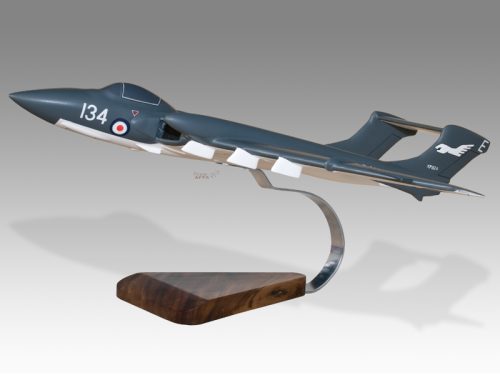
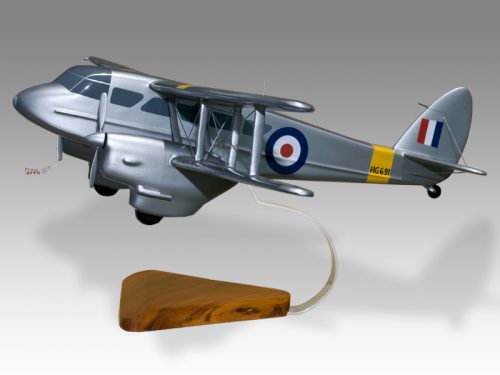
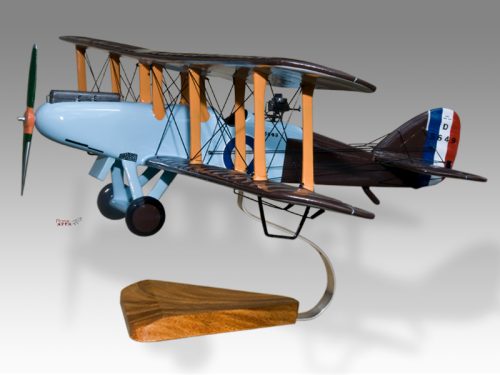
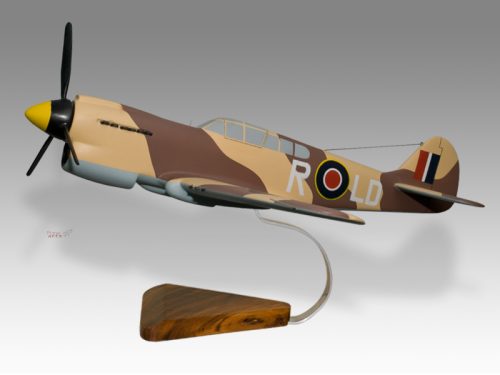

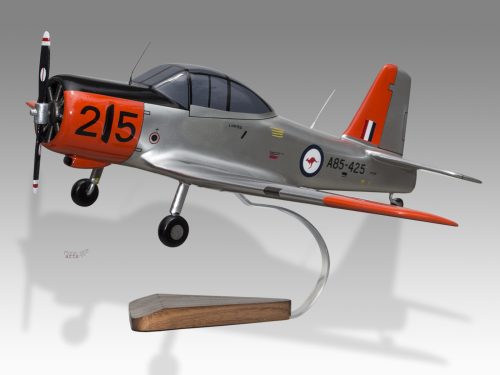

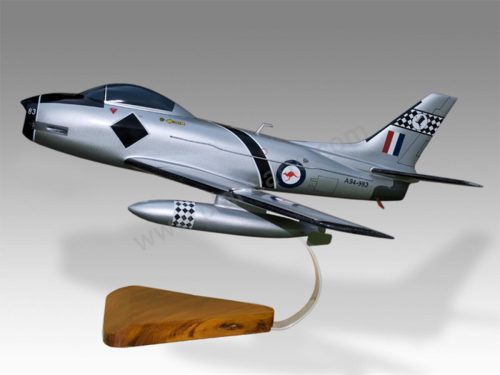
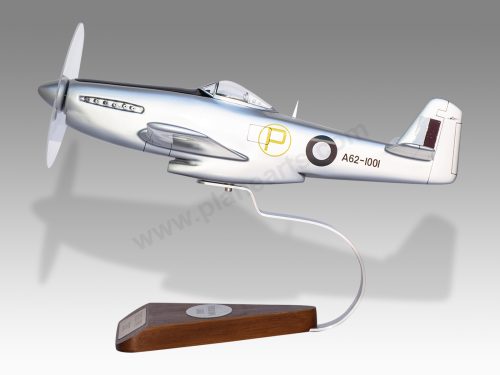
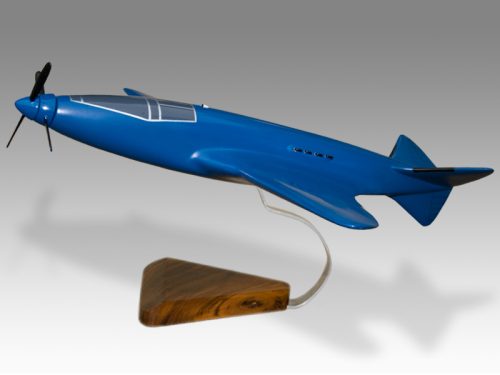
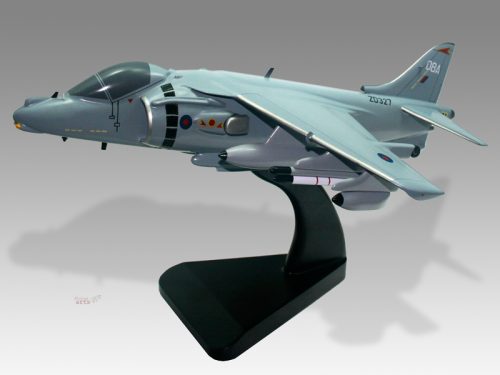
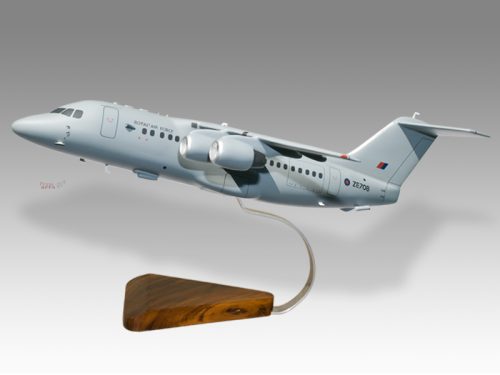

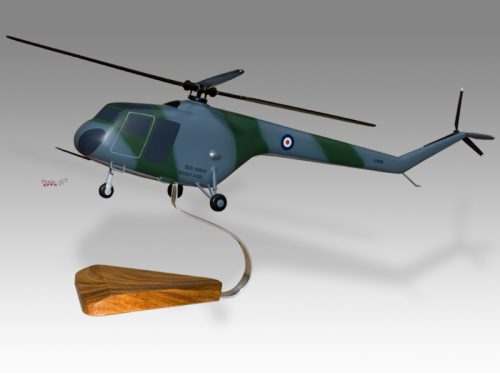
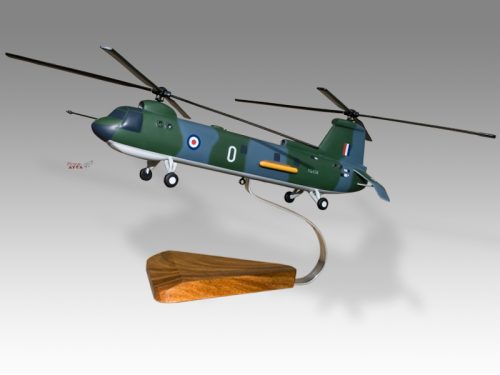

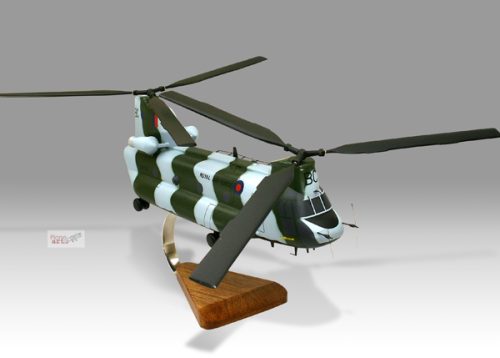
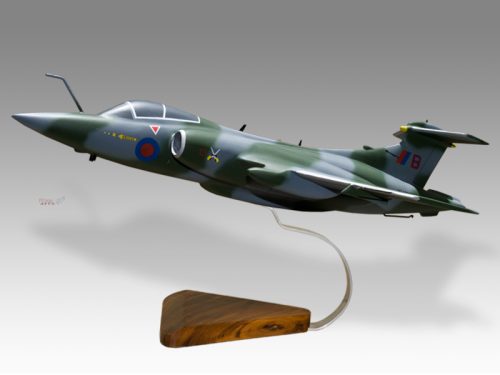
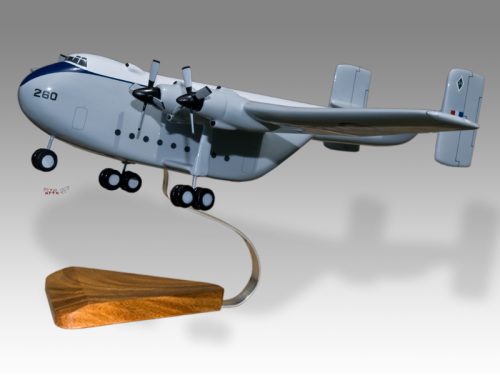
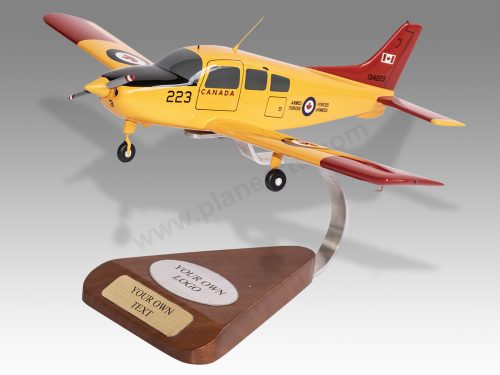
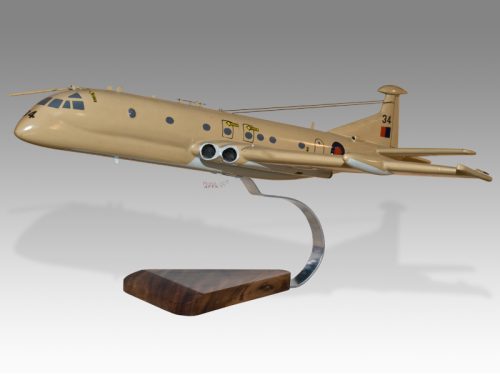

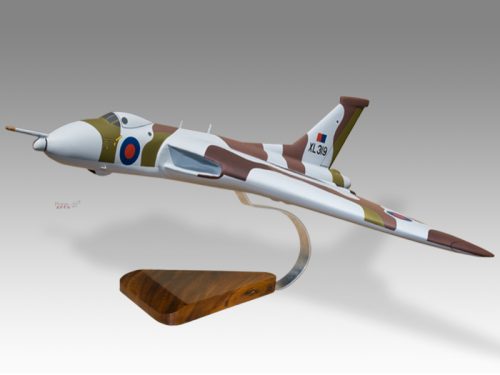
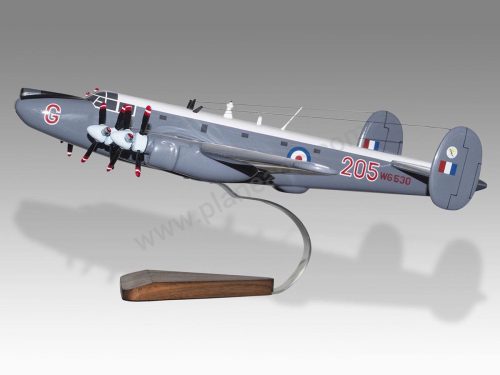

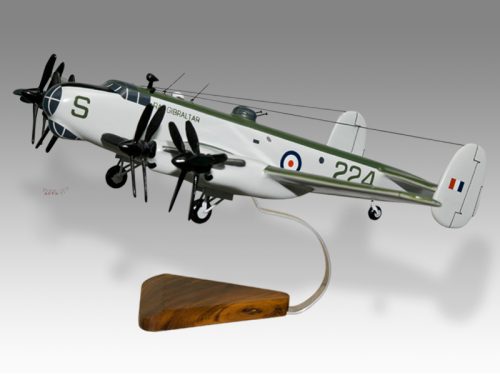
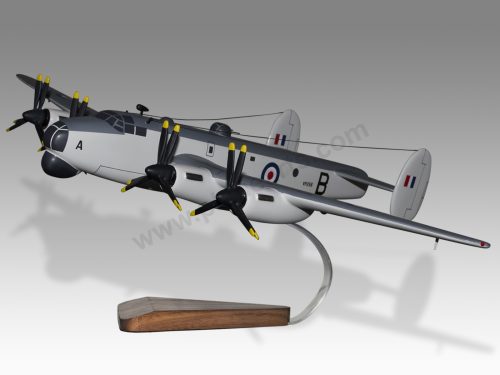
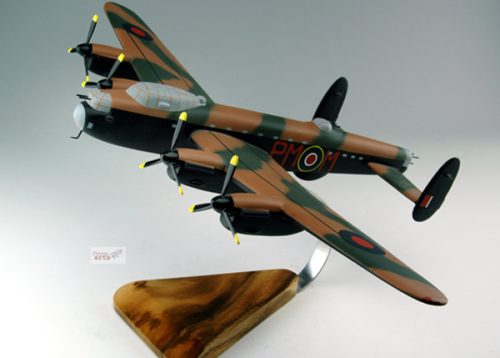
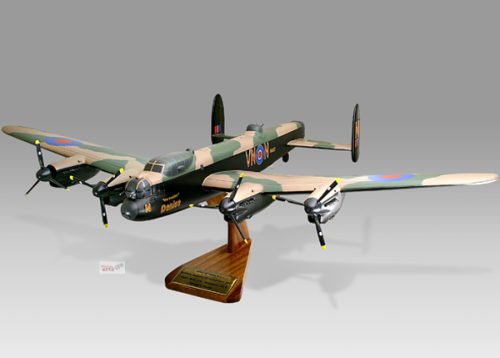
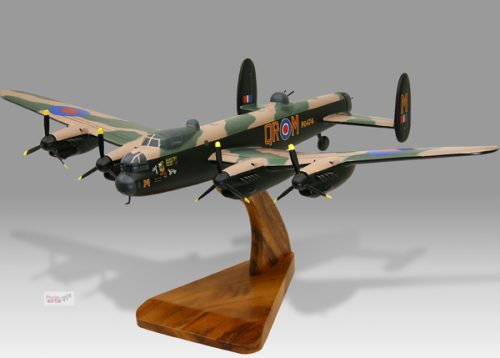


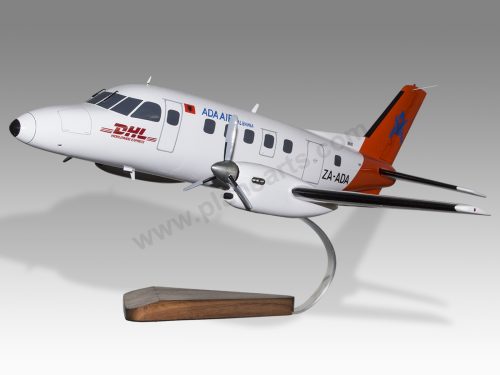

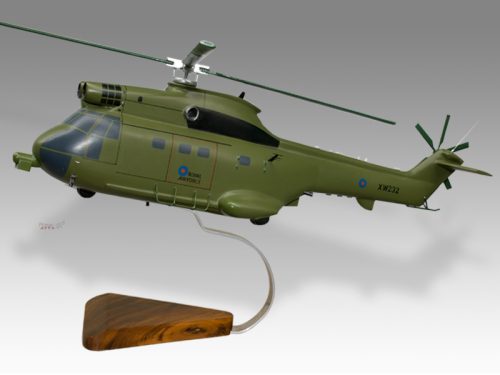

Reviews
There are no reviews yet.